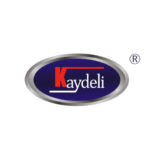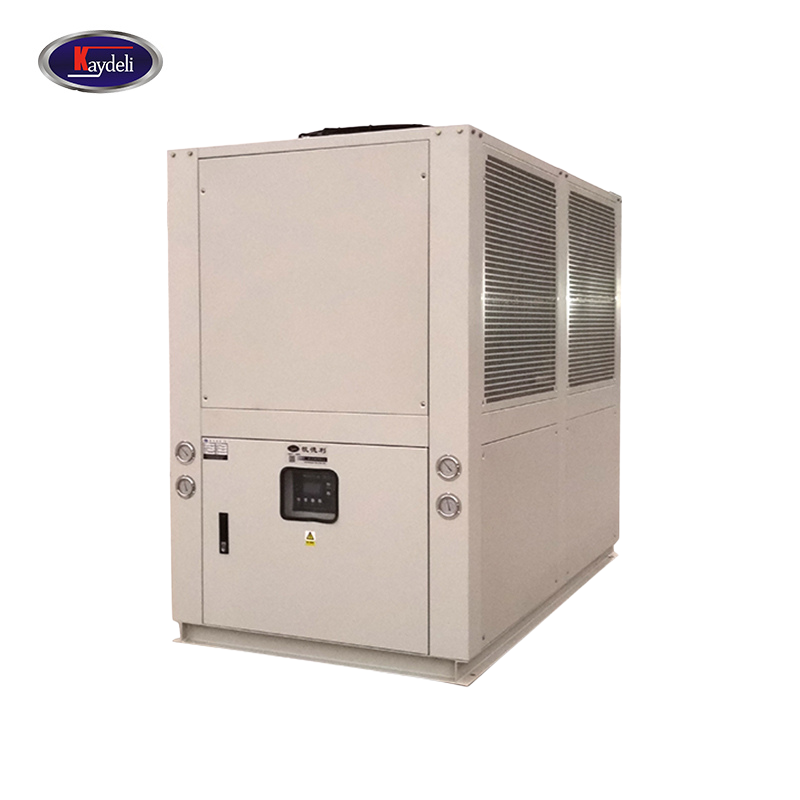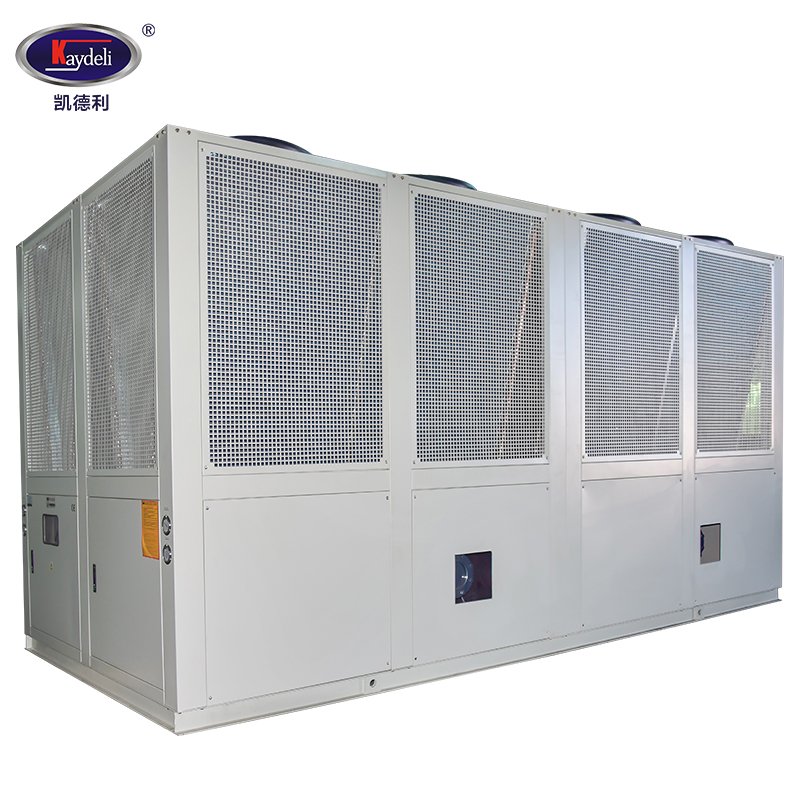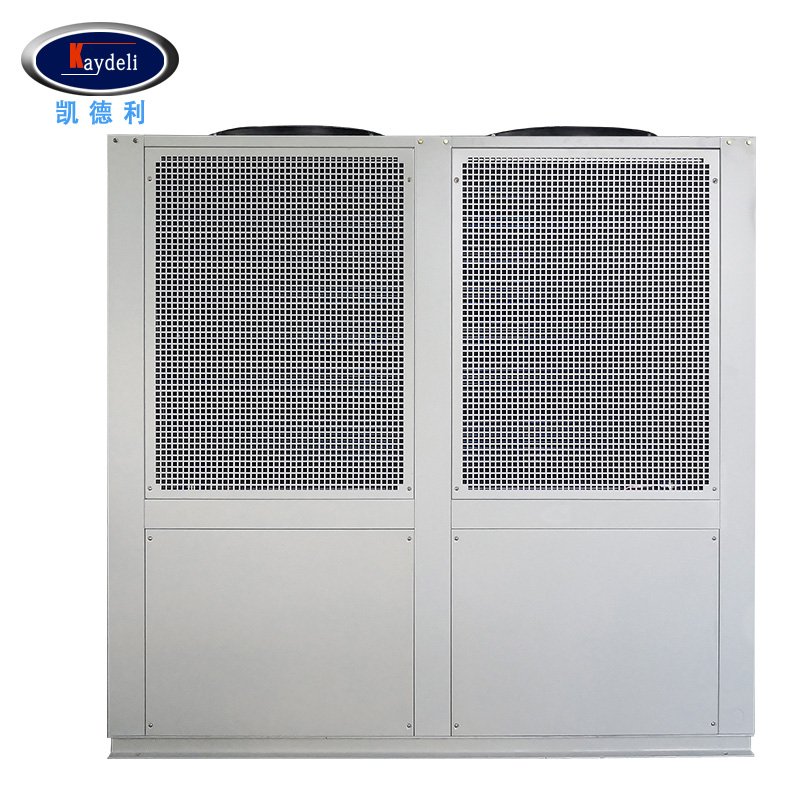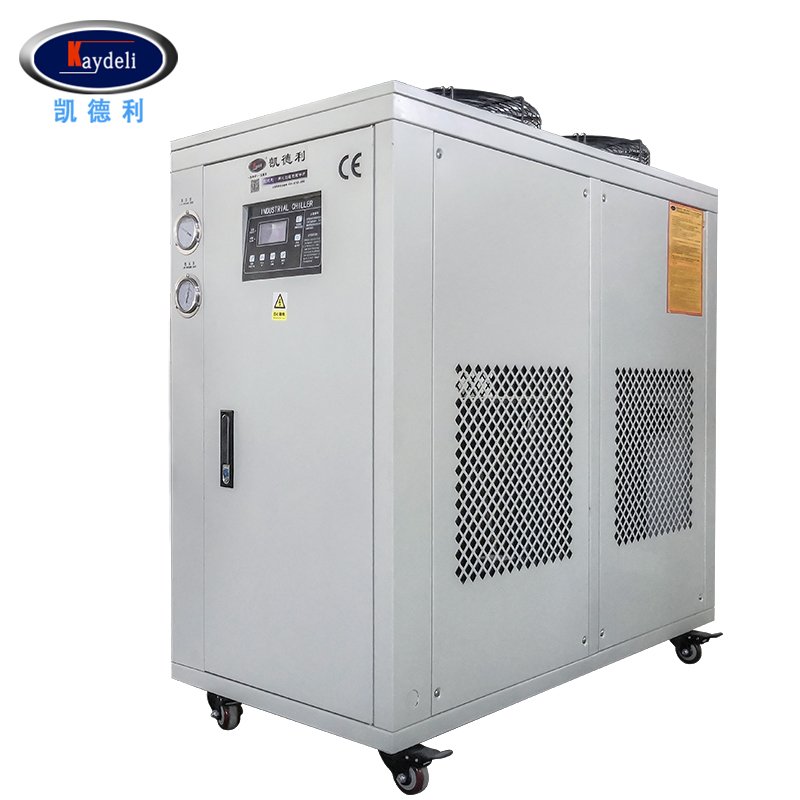- Kaydeli
- Низкотемпературные охладители
Низкотемпературные охладители
Каталог:Чиллеры с воздушным охлаждением


Определите нужную мощность охлаждения для вашей установки, рассчитав потребление киловатт в час. 🤓
|
Мощность охлаждения: -- кВт
|
|
Основной принцип работы чиллеров
Чиллеры работают на цикл хладагента для обеспечения эффективного охлаждения путем отвода тепла из определенных зон. Этот цикл включает в себя четыре основных этапа:
Компрессия
Конденсат
Расширение
Испарение
Этот процесс позволяет чиллерам обеспечивать постоянное охлаждение в различных промышленных и коммерческих приложениях за счет непрерывного отвода тепла из окружающей среды.
Что такое низкотемпературные чиллеры?
Низкотемпературные охладители это специализированные холодильные установки, предназначенные для достижения и поддержания чрезвычайно низких температур, как правило, ниже нуля, для промышленных и научных применений, требующих точного контроля температуры. В отличие от стандартных чиллеров, которые обычно работают в стандартных температурных диапазонах, низкотемпературные чиллеры разработаны для достижения и поддержания температур до -40°C или даже ниже, в зависимости от области применения. В таких холодильниках используются усовершенствованные холодильные циклы и специализированные компоненты, позволяющие справляться с потребностями в условиях отрицательных температур.
| Характеристика | Описание |
|---|---|
| Диапазон сверхнизких температур | Низкотемпературные охладители, разработанные для процессов, требующих температуры намного ниже 0°C, идеально подходят для специализированных применений, где стандартного охлаждения недостаточно. |
| Усовершенствованный холодильный цикл | В таких чиллерах часто используются многоступенчатые или каскадные холодильные циклы, сочетающие различные механизмы охлаждения для эффективного достижения и поддержания экстремальных температур. |
| Высокая точность и стабильность | Низкотемпературные чиллеры способны точно контролировать температуру, обеспечивая стабильное и бесперебойное охлаждение даже при очень низких температурах. |
Различия между низкотемпературными и стандартными охладителями
Узнайте о ключевых различиях между низкотемпературными и стандартными чиллерами, обращая внимание на их температурный диапазон, холодопроизводительность и специализированное применение для точного охлаждения промышленных и коммерческих объектов.
| Аспект | Низкотемпературные охладители | Стандартные чиллеры |
|---|---|---|
| 1. Диапазон температур и охлаждающая способность | Разработаны для работы при отрицательных температурах, от -10°C до -40°C и ниже. Идеально подходит для химических реакций, тестирования материалов и сохранения образцов. | Работает в диапазоне от 5°C до 25°C, подходит для таких областей применения, как кондиционирование воздуха, общее производство и лабораторные исследования. |
| Ключевое различие: Низкотемпературные чиллеры подходят для приложений, требующих отрицательных температур, в то время как стандартные чиллеры служат для повседневного охлаждения. | ||
| 2. Холодильный цикл и технология | Часто используются многоступенчатые или каскадные циклы, со специальными хладагентами для достижения и поддержания сверхнизких температур. | Использует одноступенчатые циклы сжатия со стандартными хладагентами (например, R-134a или R-410A), эффективными при умеренных температурах. |
| Ключевое отличие: В низкотемпературных чиллерах используются передовые системы, такие как каскадные циклы, обеспечивающие сверхнизкие температуры. | ||
| 3. Тип и эффективность компрессора | Многоступенчатые компрессоры или компрессоры высокого давления, предназначенные для работы при низких температурах с высокой эффективностью под высоким давлением. | Используются одноступенчатые компрессоры (спиральные, поршневые или винтовые), которые хорошо работают в умеренном диапазоне температур. |
| Ключевое отличие: Компрессоры в низкотемпературных холодильниках надежны для использования при высоких требованиях и низких температурах. | ||
| 4. Точность и температурная стабильность | Обеспечивает точный контроль с точностью до ±0,1°C, что очень важно для чувствительных приложений, таких как фармацевтика и химические реакции. | Поддерживает стабильную температуру, но не обладает точностью, необходимой для высокочувствительных приложений. |
| Ключевое отличие: Низкотемпературные охладители обеспечивают точный контроль для обеспечения критической стабильности в чувствительных средах. | ||
| 5. Приложения и примеры использования | Используются в отраслях промышленности, требующих особых условий охлаждения, включая химическую обработку, фармацевтику, экологические испытания и исследовательские лаборатории. | Распространены в системах отопления, вентиляции и кондиционирования воздуха, при обработке пластмасс, металлообработке и в общем производстве. |
| Ключевое отличие: Низкотемпературные чиллеры предназначены для нишевых применений, в то время как стандартные чиллеры обеспечивают универсальное охлаждение для общего использования. | ||
| 6. Стоимость и энергоэффективность | Более высокая первоначальная стоимость и энергопотребление благодаря сложным системам и долговечным компонентам, что повышает ценность в условиях прецизионного охлаждения. | Более экономичный и энергоэффективный прибор для умеренного охлаждения, идеально подходящий для повседневного использования. |
| Ключевое отличие: Низкотемпературные охладители имеют более высокую стоимость, но они очень важны для отраслей, нуждающихся в специализированном охлаждении. | ||
Ресурсы
Требования к охлаждению
Determining Cooling Capacity
Selecting the right cooling capacity is crucial to ensure a Low-Temperature Chiller can meet your application’s demands effectively. Here’s how to assess your needs:
| Шаг | Описание |
|---|---|
| 1. Evaluate the Heat Load | Calculate the total heat generated by equipment or processes requiring low temperatures. This heat load, typically measured in kilowatts (kW) or tons of refrigeration (TR), can usually be found in equipment specifications or estimated based on process requirements. |
| 2. Consider the Required Temperature Range | Identify the specific temperature range necessary for your application. For example, chemical processes may require temperatures as low as -30°C, while food storage applications might need temperatures around 0°C to -5°C. Understanding this range helps determine the chiller capacity needed to reach and maintain such low temperatures. |
| 3. Consult Cooling Formulas | Use industry-standard cooling formulas or online calculators to convert your heat load and target temperature into specific cooling capacity needs. Consulting with a professional can further refine these requirements to ensure precise capacity calculations for low-temperature applications. |
When to Choose Low-Temperature Chillers
Low-Temperature Chillers are ideal for industries and applications that require consistent cooling at sub-zero temperatures. Here are scenarios where they are especially useful:
Chemical and Pharmaceutical Manufacturing
For environments where reactions are sensitive to temperature variations, Low-Temperature Chillers provide stable cooling, ensuring controlled conditions for quality and safety.
Food Processing and Storage
Applications that require food preservation or freezing benefit from the precise low temperatures maintained by these chillers, which help avoid spoilage and maintain product quality.
Testing and Research Facilities
Low-Temperature Chillers enable accurate simulation of extreme conditions, essential for environmental testing and lab applications that require stable, ultra-low temperatures.
Biotechnology
For applications involving biological materials, a stable sub-zero environment is necessary to preserve sample integrity and prevent degradation.
Требования к температуре
Target Temperature Needs
When selecting a Low-Temperature Chiller, it’s essential to determine the precise temperature requirements of your application. These chillers are specifically designed to achieve and maintain ultra-low temperatures, making them suitable for applications where standard cooling ranges are insufficient. Here’s what to consider:
| Requirement | Описание |
|---|---|
| Identify Optimal Temperature Range | Define the specific temperature range required for your processes. For example, chemical processing might need temperatures as low as -30°C, while food storage could require stable temperatures around -5°C. |
| Ensure Temperature Stability | Low-Temperature Chillers excel at maintaining a consistent temperature even in demanding conditions. For industries such as biotechnology or pharmaceutical manufacturing, where minor temperature fluctuations can impact results, precise and stable cooling is crucial. |
Environmental Temperature Impact
Окружающая среда, в которой работает чиллер, может влиять на его эффективность и возможности охлаждения, особенно в экстремальных климатических условиях
| Состояние | Описание |
|---|---|
| High Ambient Temperatures | In hotter climates, the chiller may need to work harder to reach ultra-low temperatures, potentially requiring additional cooling capacity. Ensuring proper ventilation or positioning the chiller in a shaded area can help optimize performance. |
| Low Ambient Temperatures | Low-Temperature Chillers are generally designed to operate efficiently in colder settings. However, it’s essential to monitor the surrounding environment to avoid conditions that could impact cooling performance or risk freezing of components. |
Understanding both target and environmental temperatures helps ensure your chiller performs optimally. If your application involves varying ambient conditions, selecting a model specifically rated for consistent performance across different climates is recommended. This helps guarantee reliable cooling, energy efficiency, and temperature stability, regardless of external factors.
Установка и обслуживание
Требования к установке
Proper installation is critical for maximizing the efficiency and lifespan of Low-Temperature Chillers, especially in applications where maintaining ultra-low temperatures is essential. Here are some key installation considerations:
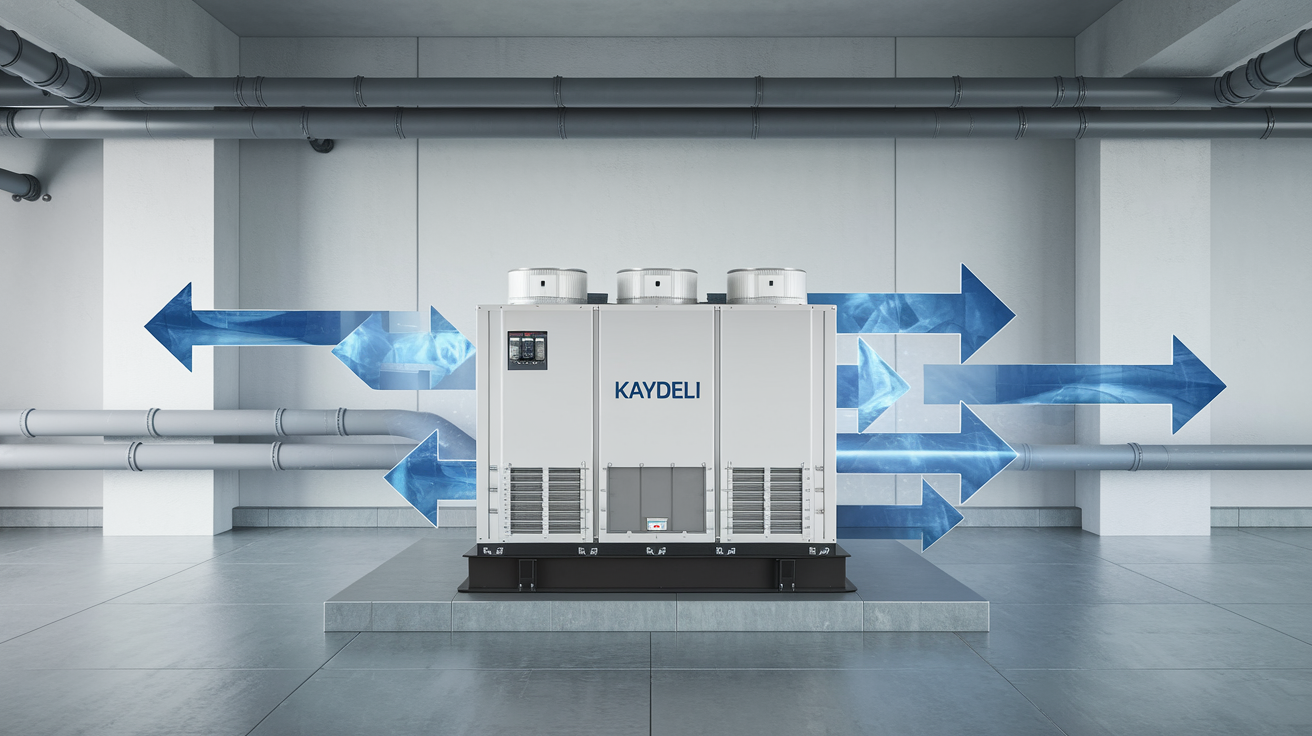
Пространство и вентиляция
Ensure adequate space around the chiller to allow for proper airflow and ventilation. Low-Temperature Chillers, especially air-cooled models, require good air circulation to prevent overheating and maintain cooling efficiency.
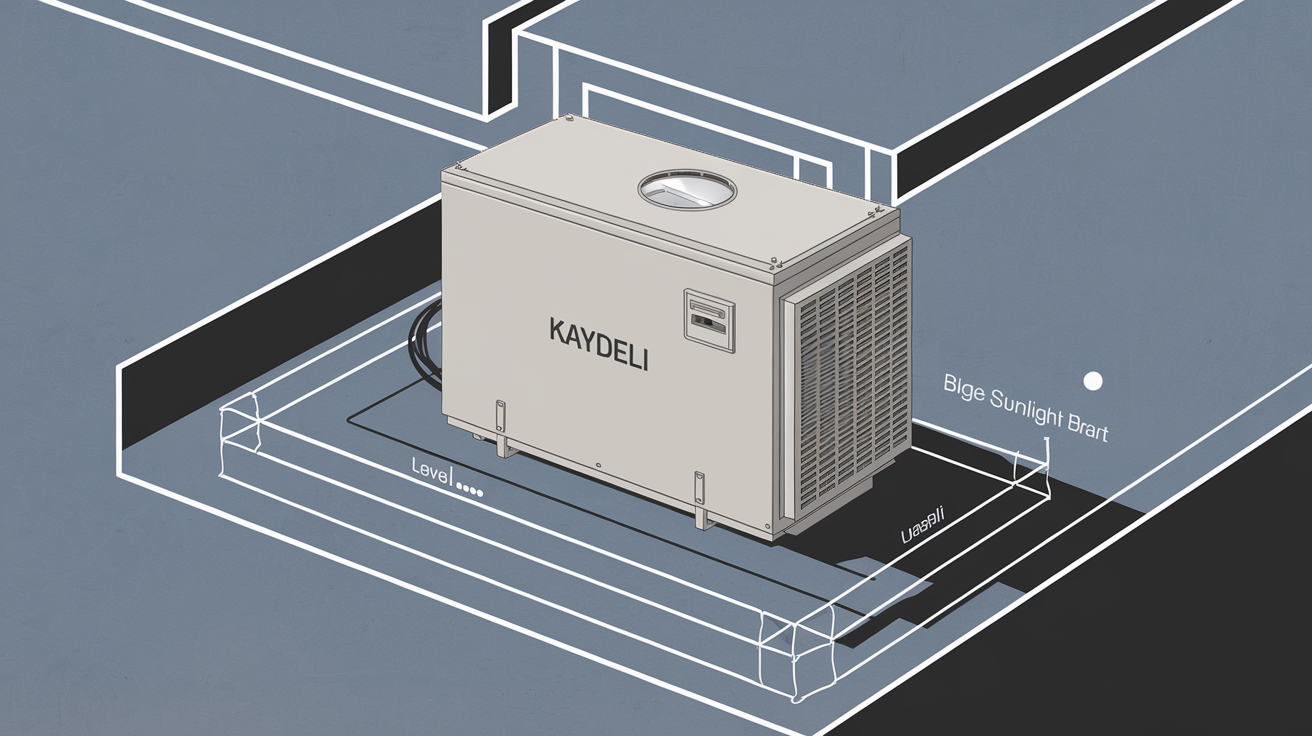
Позиционирование и устойчивость поверхности
Place the chiller on a stable, level surface to minimize vibrations. It’s ideal to install the unit away from direct sunlight and other heat sources to maintain consistent cooling performance.
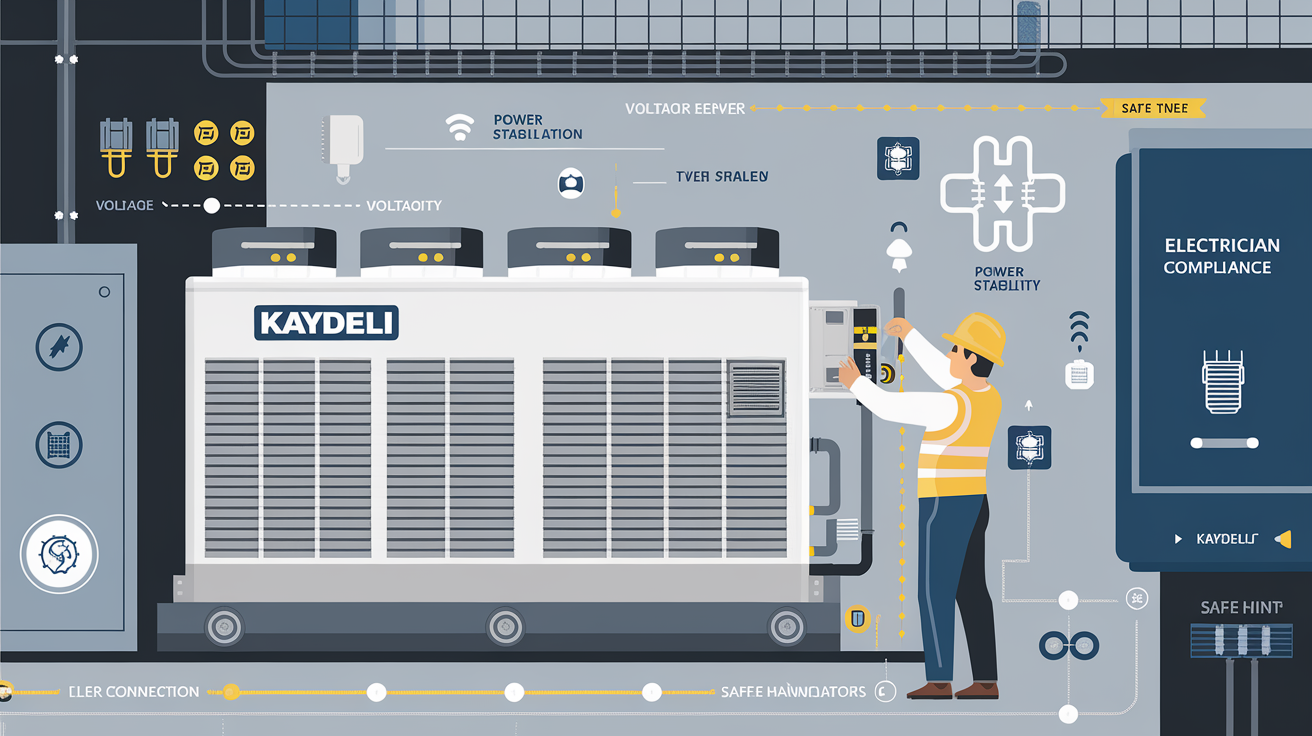
Электрическая установка
Confirm that the electrical supply meets the chiller’s voltage and power requirements. Due to the precision cooling needs of low-temperature applications, it’s recommended to hire a licensed electrician for safe and compliant setup.
Советы по уходу
Regular maintenance is essential for sustaining the efficiency and durability of Low-Temperature Chillers, particularly when they operate in demanding applications:
| Maintenance Step | Описание |
|---|---|
| Обычная уборка | Clean air filters, condenser coils, and evaporator surfaces regularly to prevent dust and debris buildup. Clogged components can reduce cooling efficiency and lead to increased energy consumption. |
| Проверки систем | Check refrigerant levels, monitor system pressures, and inspect for potential leaks. Keeping an eye on these parameters helps identify issues early and prevents unexpected downtime. |
| Сезонные корректировки | In high-demand periods or extreme environments, increase the frequency of maintenance checks to ensure reliable operation. This can include deep cleaning of condenser coils, checking electrical connections, and testing performance settings. |
| Scheduled Professional Maintenance | Engage professional maintenance services periodically to assess the health of the compressor, calibrate controls, and optimize system performance. Professional service ensures that the chiller operates at peak efficiency, even at ultra-low temperatures. |
Энергопотребление и экономическая эффективность
Energy Efficiency in Low-Temperature Operations
Advanced Refrigeration Cycles
Many Low-Temperature Chillers use multi-stage or cascade refrigeration cycles, efficiently achieving ultra-low temperatures. While these systems may consume more energy initially, they offer reliable and precise cooling that can save costs by reducing product spoilage or improving production consistency.
Компрессоры с переменной скоростью
Some models incorporate variable speed compressors, allowing the chiller to adjust its capacity based on the cooling load. This feature helps optimize energy consumption during lower demand periods, resulting in significant cost savings.
Seasonal Energy Efficiency
Low-Temperature Chillers are engineered for high efficiency in cold environments, but energy efficiency may fluctuate based on ambient conditions. For year-round applications, a chiller with a high seasonal energy efficiency ratio (SEER) can help control energy usage during temperature variations.
Balancing Initial Investment and Operational Costs
Investing in a Low-Temperature Chiller involves balancing the initial purchase cost with long-term operational savings:
Upfront Costs
Low-Temperature Chillers often have a higher initial cost due to their specialized components and refrigeration cycles. However, this investment is offset by the ability to maintain precise cooling at sub-zero temperatures, which is essential for quality control and process efficiency in many industries.
Reduced Downtime and Maintenance Costs
Low-Temperature Chillers are designed for durability and high performance, often requiring less frequent maintenance than standard chillers when properly cared for. This reduces downtime and lowers maintenance expenses, contributing to cost savings over time.
Long-Term Savings
The energy-efficient design of Low-Temperature Chillers can lead to substantial savings, particularly for operations requiring continuous low-temperature cooling. The combination of consistent performance and precise temperature control provides a cost-effective solution for businesses that prioritize quality and efficiency.
Поддержка бренда и послепродажное обслуживание
Trusted Brand Reputation
Investing in a Low-Temperature Chiller from a reputable brand like Kaydeli ensures quality, durability, and performance. Here’s why brand reliability is crucial:
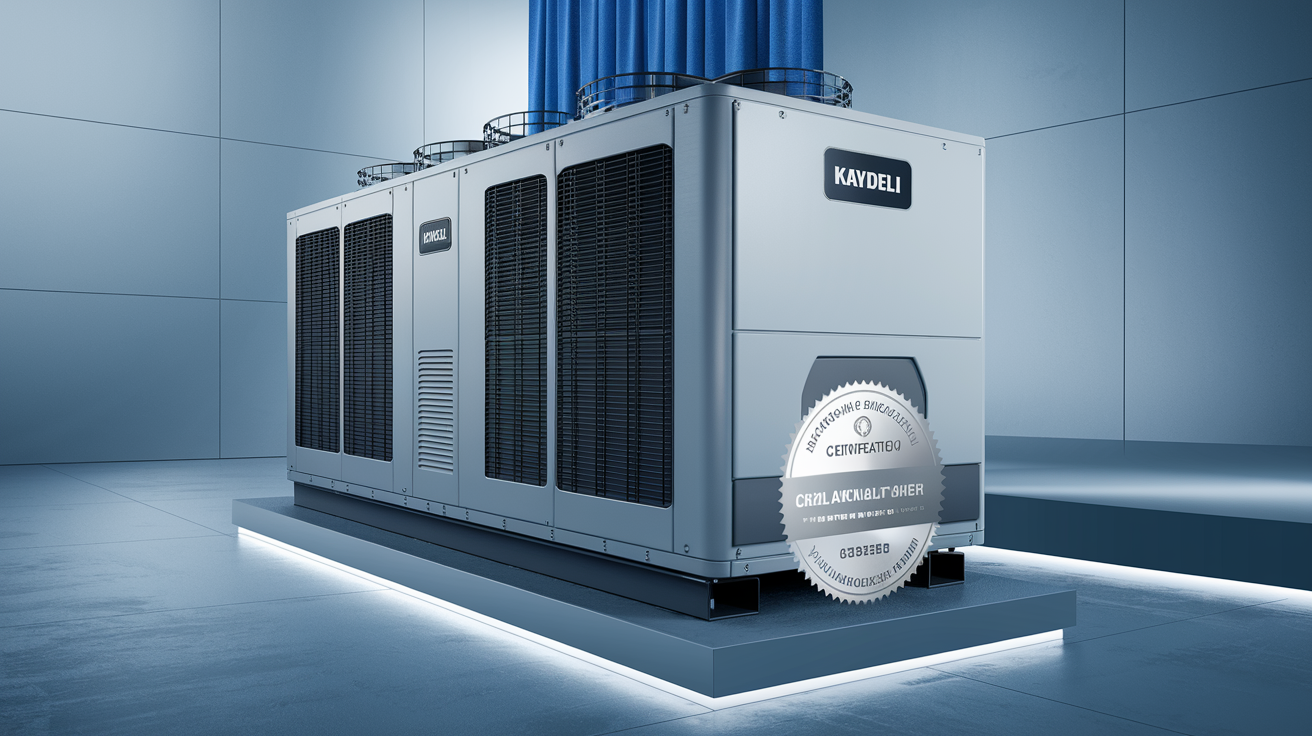
Строгие стандарты качества
Kaydeli chillers undergo stringent testing to meet high industry standards, providing dependable performance and energy efficiency across various applications.
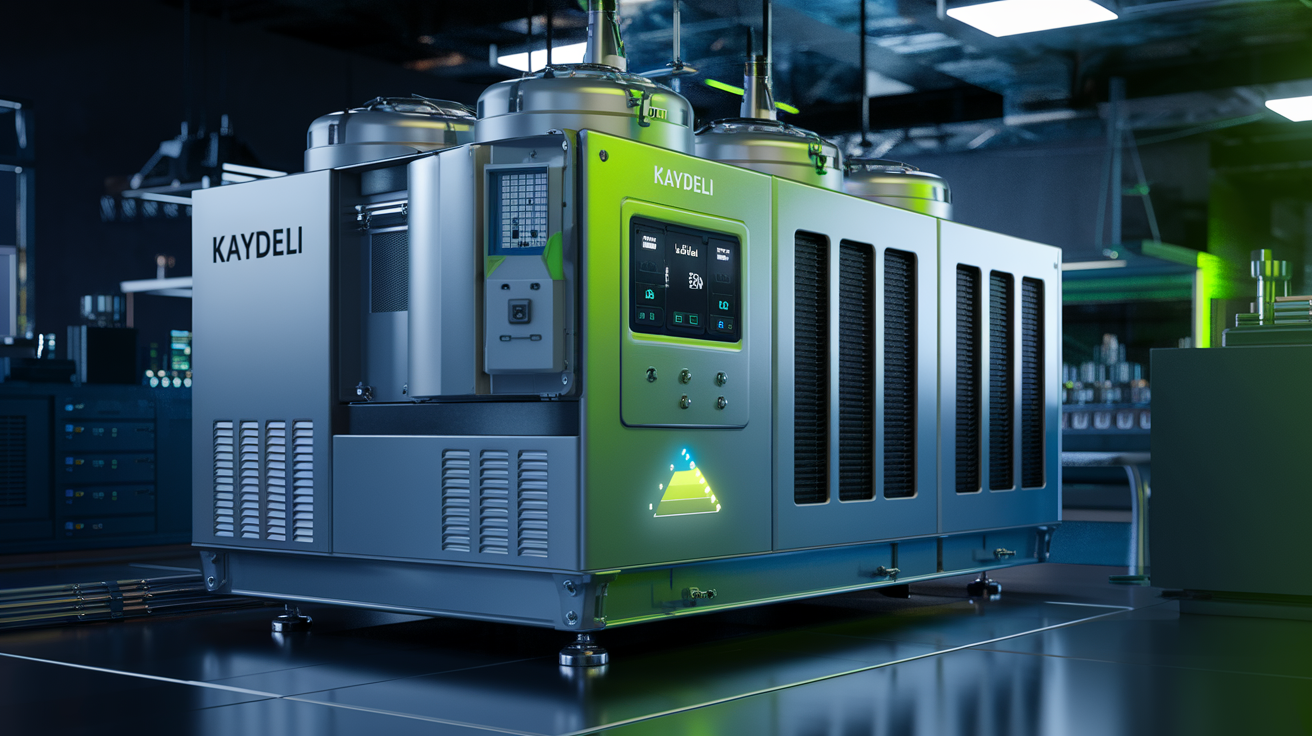
Cutting-Edge Technology
Kaydeli’s Low-Temperature Chillers are designed with advanced refrigeration systems, ensuring precise, stable cooling even in demanding environments. This commitment to innovation guarantees customers an optimized cooling solution.

Устойчивые практики
Kaydeli is dedicated to eco-friendly manufacturing practices, incorporating energy-efficient technologies and sustainable refrigerants to reduce the environmental impact of its products.
Комплексная послепродажная поддержка
Reliable after-sales support is essential for maintaining the efficiency and longevity of Low-Temperature Chillers. Kaydeli offers comprehensive customer support, including:
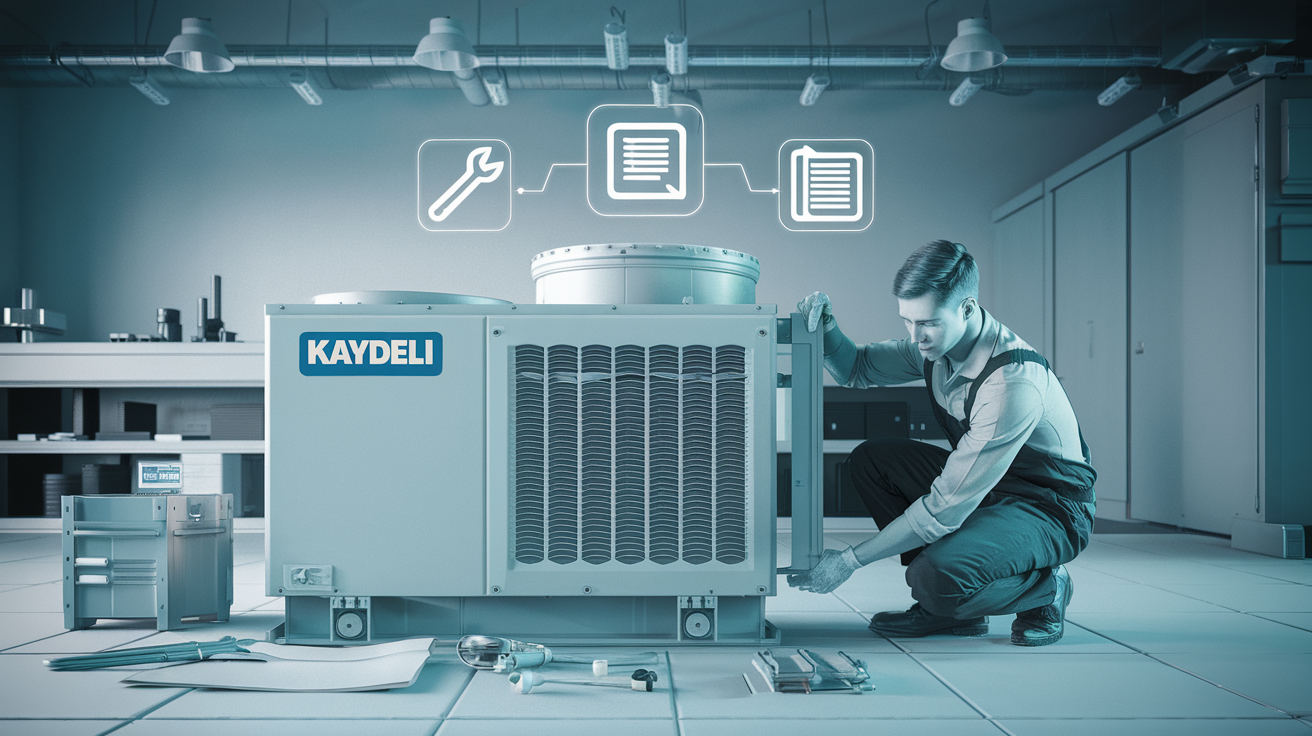
Помощь в установке
Professional guidance during setup ensures the chiller is installed correctly, maximizing performance and energy efficiency.
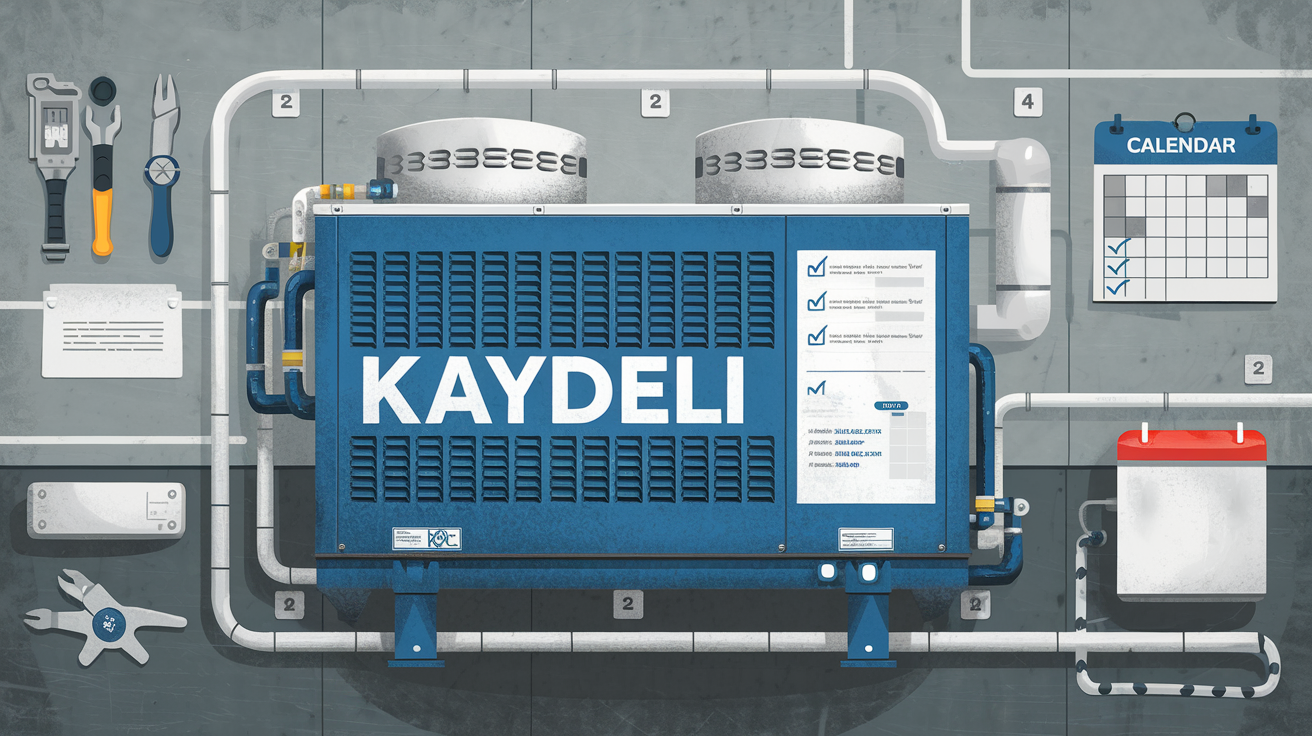
Программы планового технического обслуживания
Kaydeli provides maintenance plans tailored to each chiller model, helping reduce downtime and extend equipment life.
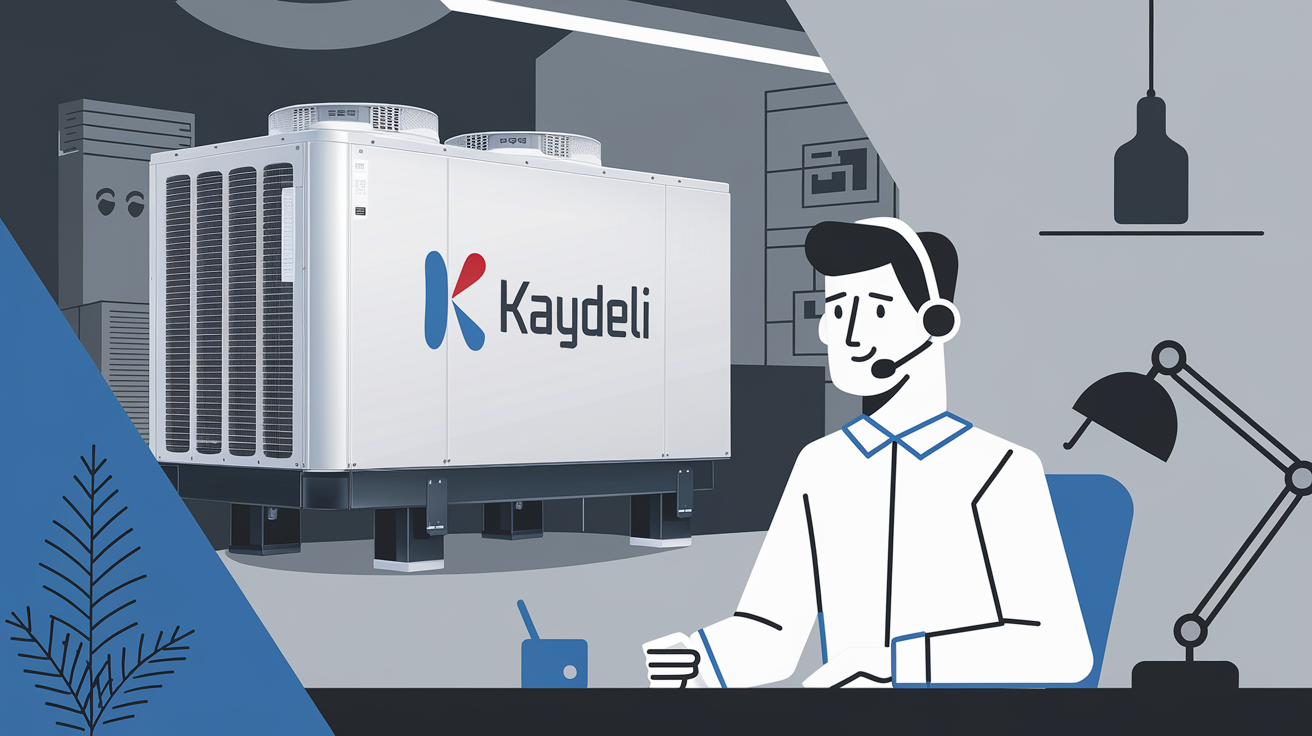
Техническая поддержка
Kaydeli’s dedicated support team is available to troubleshoot issues, provide technical advice, and ensure minimal disruptions in your operation.
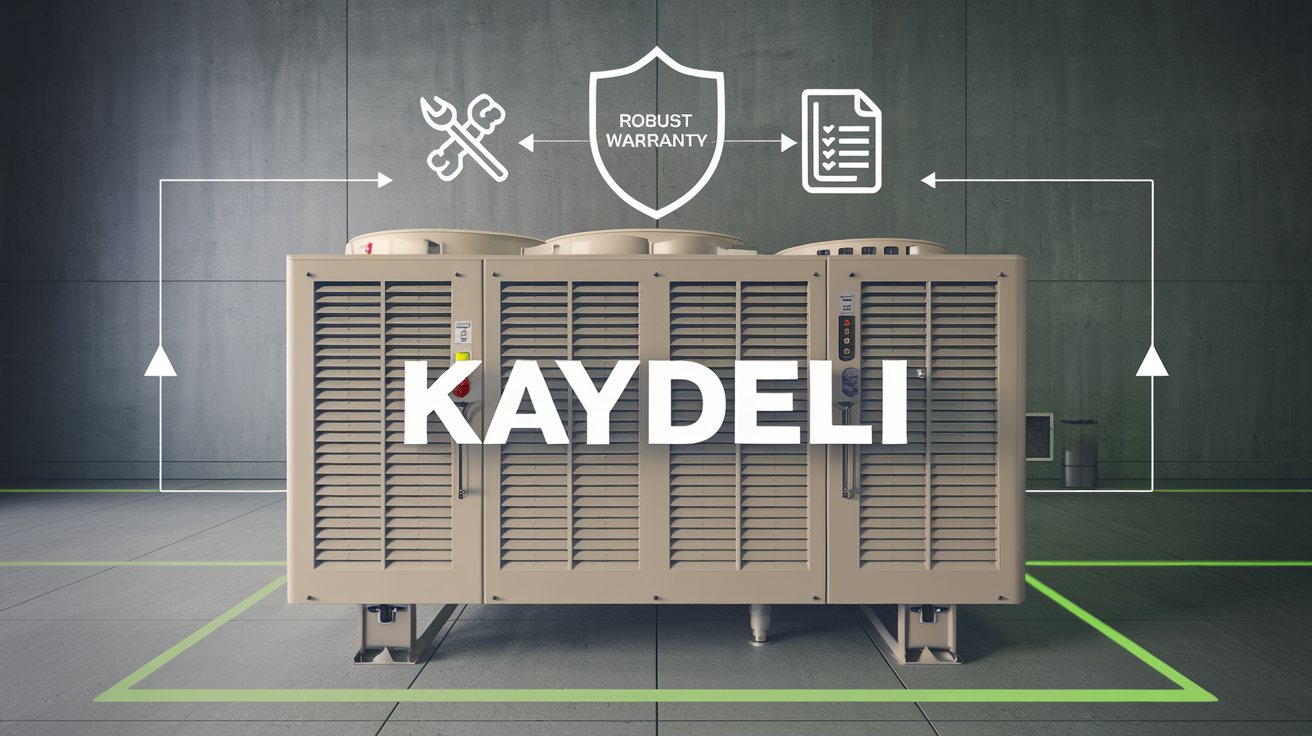
Гарантийное и ремонтное обслуживание
Robust warranty options give customers peace of mind, offering repair or replacement coverage for unexpected issues and guaranteeing long-term reliability.
Отзывы клиентов и примеры из практики
Customer feedback is an invaluable resource when choosing a Screw Type Air-Cooled Chiller. Here are a few highlights of how Kaydeli Screw Type Chillers have excelled across different industries:

Adam Smith
Customers in the food and beverage industry appreciate the consistent cooling performance of piston-type chillers, which help maintain precise temperatures crucial for quality control in large-scale production. Users frequently note the chiller’s reliability in maintaining low temperatures during peak demand.
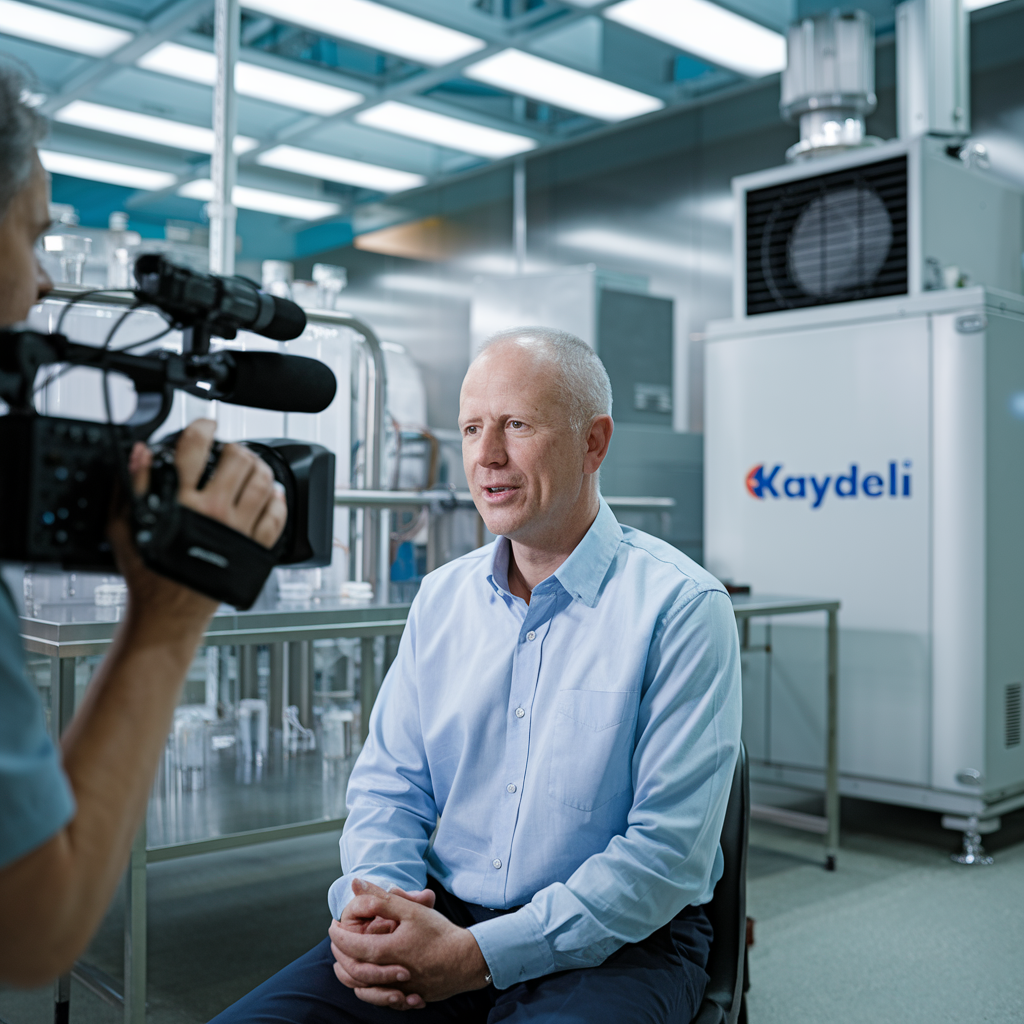
Jhon Deo
For environments where temperature stability is critical, customers in pharmaceutical manufacturing value the precision of Kaydeli’s Scroll Type Chillers. Feedback often highlights their quiet operation and reliable performance under stringent requirements.
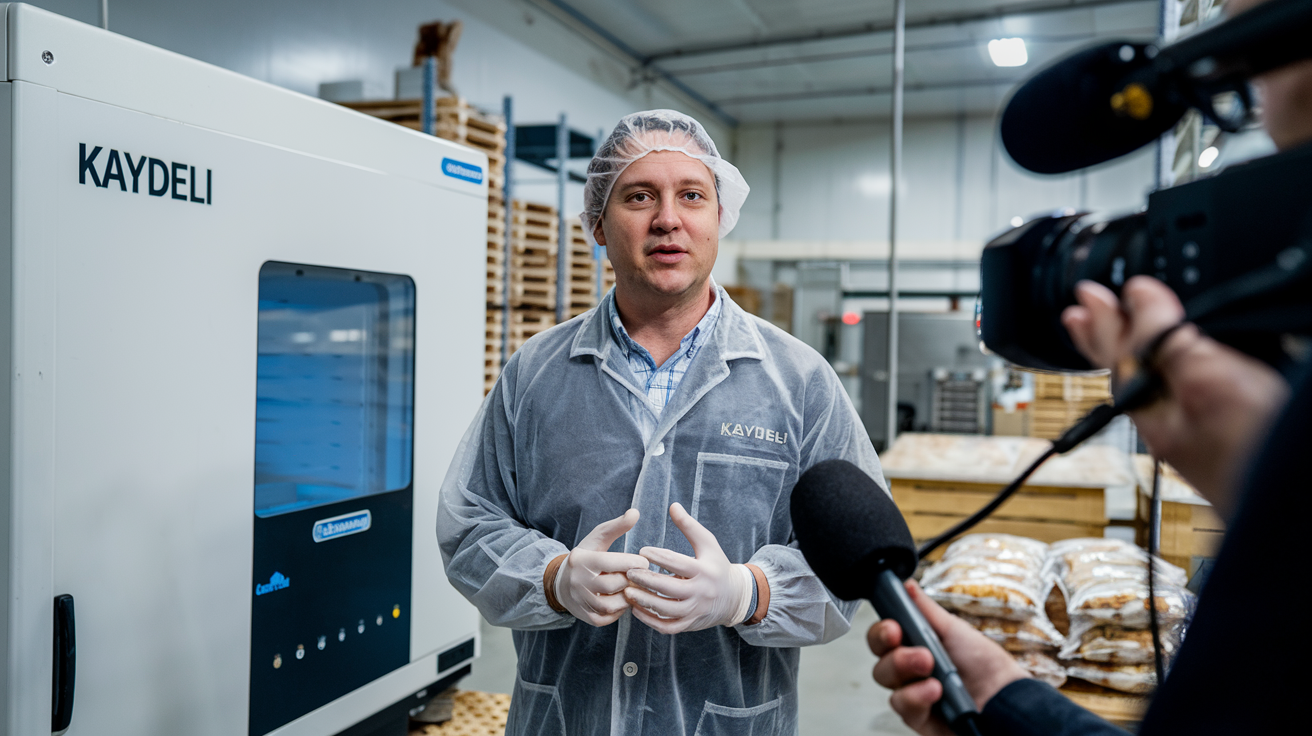
Jason Leo
Food processing facilities value the chiller’s ability to maintain low temperatures reliably, reducing spoilage and preserving product quality even under heavy load conditions.
